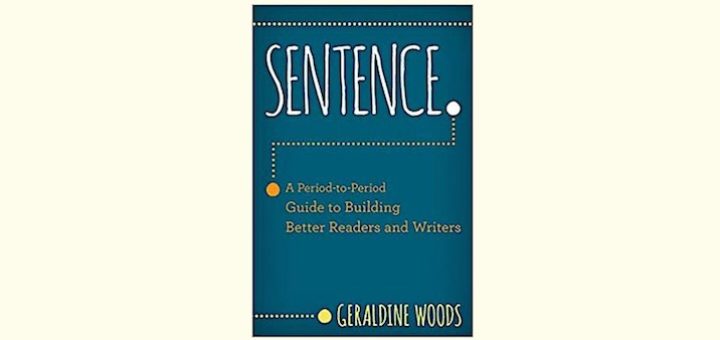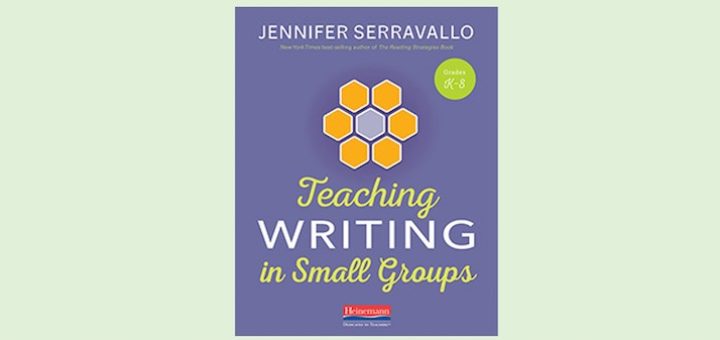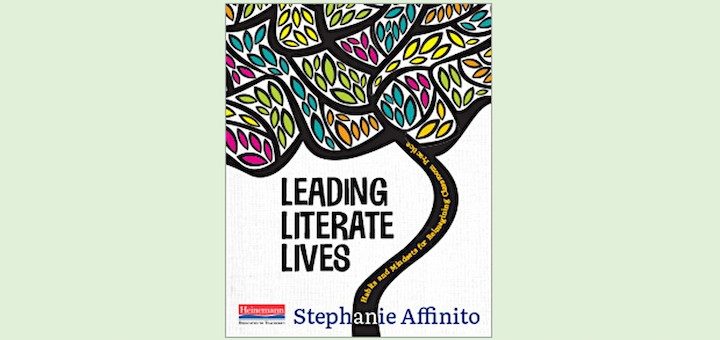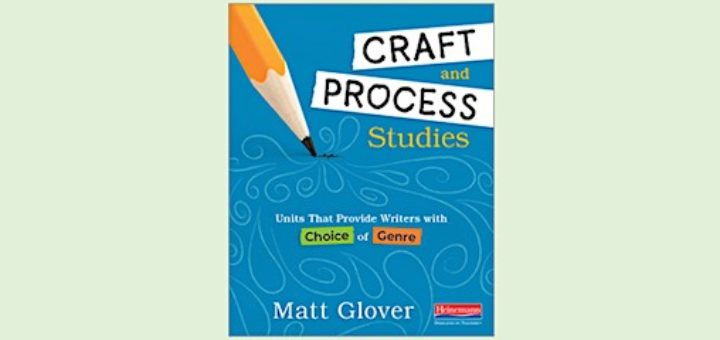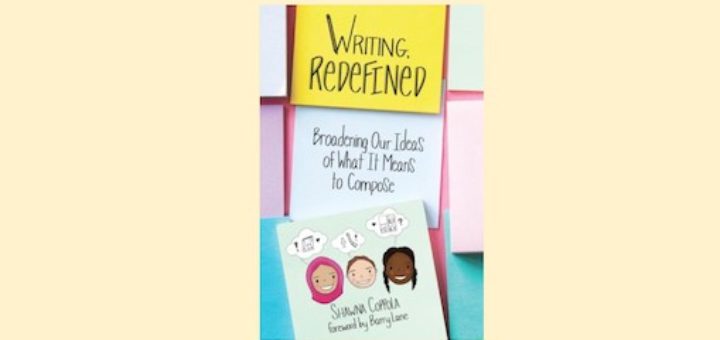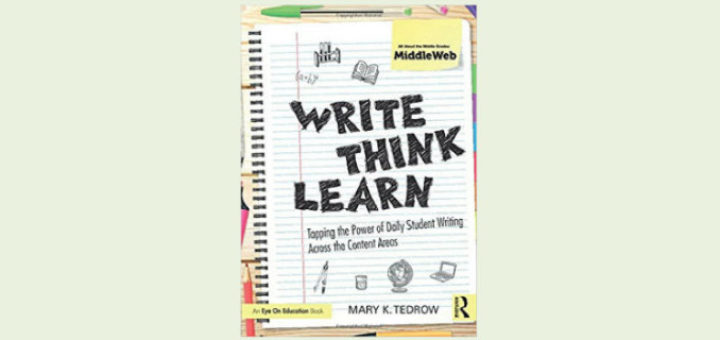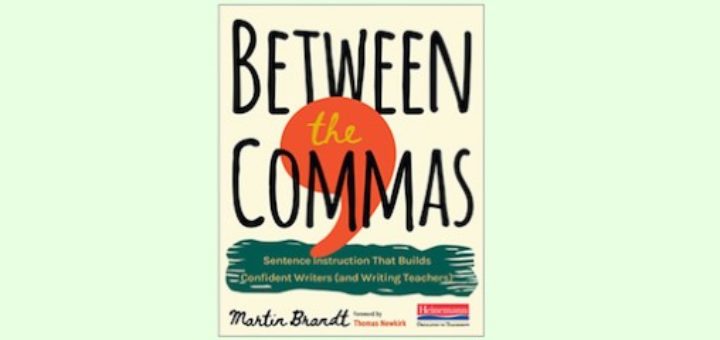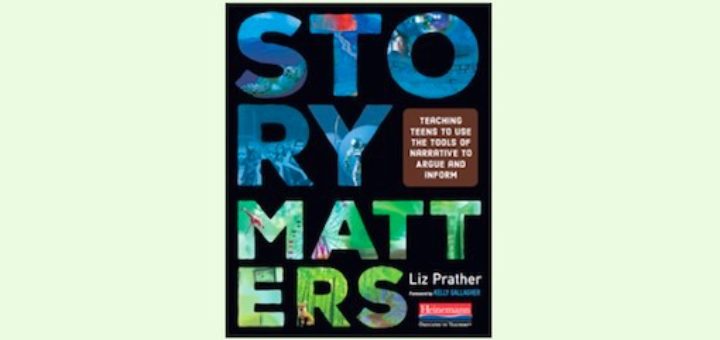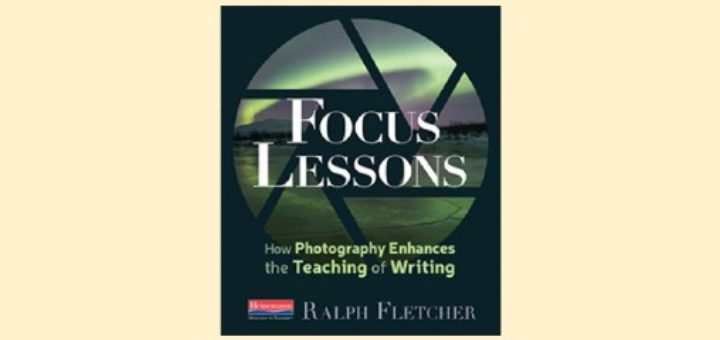Sentences to Get Kids Reading and Writing
Rebecca Crockett values the work Geraldine Woods has done in creating Sentence. A Period-to-Period Guide to Building Better Readers and Writers and the expertise she shares with teachers less experienced with this method of teaching. Destined to be an oft-referenced book!

